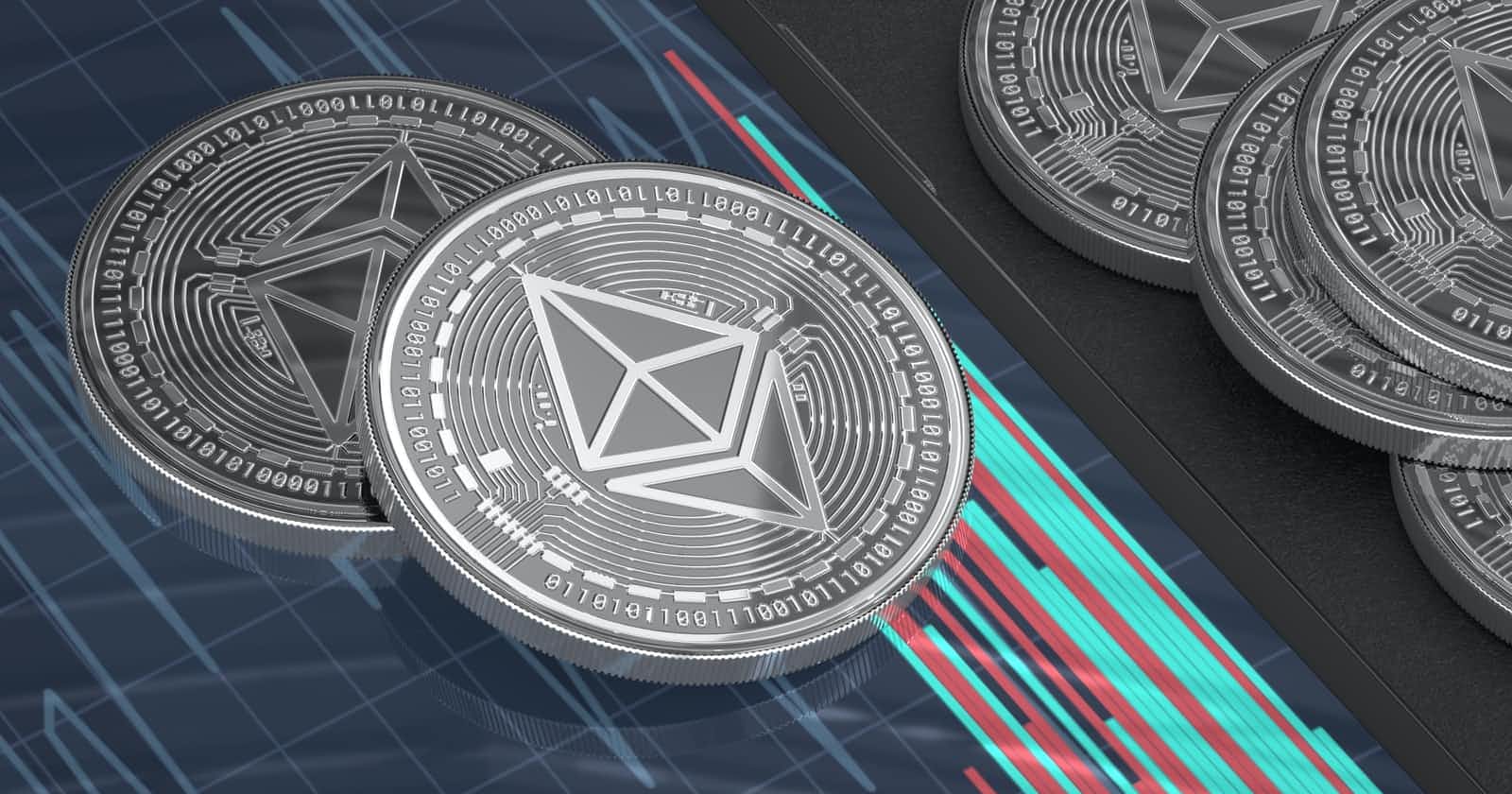Table of contents
Read
The Ethereum Virtual Machine is the software platform that developers can use to create decentralized applications (DApps) on Ethereum. This virtual machine is where all Ethereum accounts and smart contracts live.
The role of the EVM is to deploy a number of extra functionalities to the Blockchain to ensure users face limited issues on the distributed ledger. Every Ethereum node runs on the EVM to maintain consensus across the blockchain.
EVM works like a large decentralized or master computer to complete all types of tasks on the blockchain.
The EVM is Turing complete, meaning that if asked, it will find an answer. Users can write smart contracts in Solidity, Ethereum’s programming language, and send it to the EVM to interpret and execute. The Ethereum protocol works as the consensus architecture for these contracts.
Every project is working towards making transactions faster, adding multi-chain functionality, and more. Polkadot has added Moonbeam, Near launches Aurora, and soon (announced but not released), Evmos will be live on Cosmos and Neon will be implemented on Solana, eg: aurora.dev
Solana is an example of a non-EVM project.
Cardano is now EVM compatible!?
The Ethereum Virtual Machine — How does it work?
If you’ve tried developing a smart contract on the Ethereum blockchain, or have been in the space for a while, you might have come across the term “ EVM”, short for Ethereum Virtual M achine. Virtual machines are essentially creating a level of abstraction between the executing code and the executing machine.
Bridging
- apys.medium.com/what-is-an-evm-and-why-do-y..
- theblockcrypto.com/data/scaling-solutions/n.. Watch
- youtube.com/watch?v=1sn3A62Fj_A
Follow BlockTrain for more:
Roadmaps: blocktrain.info/roadmaps
Dev related: blocktrain.info/developer
Non dev related: blocktrain.info/non-developer
Hindi stuff: blocktrain.info/hindi
Chains: blocktrain.info/chains
Concepts: blocktrain.info/concepts
Defi: blocktrain.info/defi


